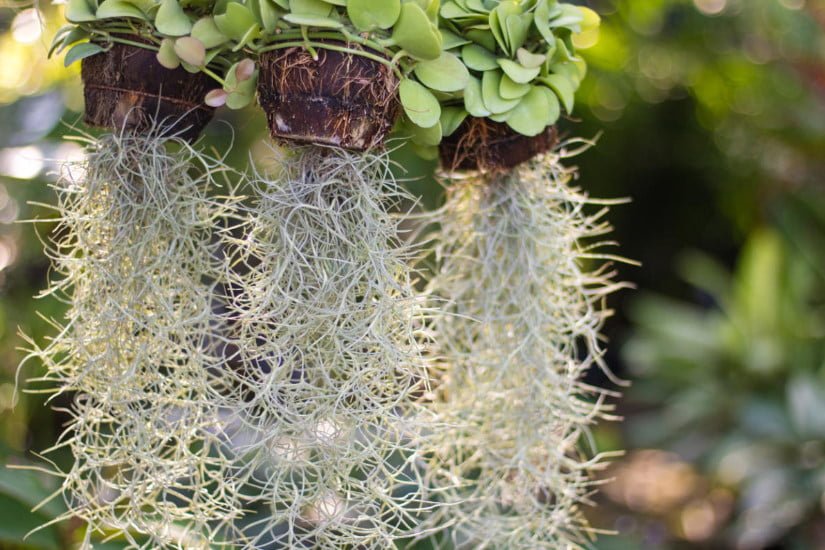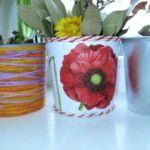Predicting the weather is a troublesome and ungrateful thing, although some choose these troubles as their specialty. It’s time to think about ways to keep cool in the summer heat.
One of the ways (in addition to the installation of air conditioning) – the creation of green blinds, ie curtains of climbing plants that protect the facade from overheating. But plants can be used to protect from the sun, not only outside but also indoors.
The easiest way to block the excess sun-to place the pots with plants on the windowsills. They can be planted and ordinary plants, and vines. But it is not always convenient: plants need a lot of land for a comfortable life in our house, pots clutter the windowsill space, green Pets need to be watered.
However, there is a way to protect yourself from excessive sun with green blinds and for those who forget about the timely watering, does not want to bother with planting or just not satisfied with the kind of containers for plants in its interior.
Without pots and soil
There is an amazing plant in nature that does not need any land in the pot or watering. Tillandsia usneoides is a natural miracle: epiphyte (lives not on soil, but on other supports or plants, not being a parasite), a representative of the Bromeliad family, that is the closest relative of pineapple.
Unlike their fellow epiphytes (such as orchids), Tillandsia usneoides is a real radical.
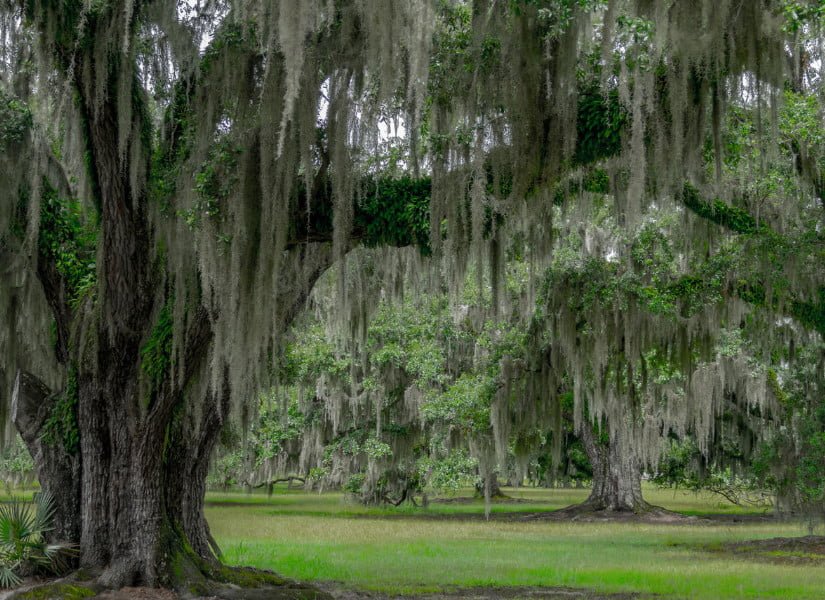
Some representatives of plants of this type settle on some tree to be closer to the sun in the dense thickets. Over time, they still acquire their own piece of land, accumulating organic residues, gradually turning into humus, in special organs: a tangle of roots, like nest epiphytes, specially arranged leaves (pocket epiphytes). Others, having begun the life on a tree, eventually reach-roots to the earth.
Tillandsia usneoides is not like this, it is an Aeroflot, that is, it has no roots at all and consumes nutrients from the air, being content with moisture and dust. Rudiments roots are only in young individuals and serve a single purpose-to secure the plant on any support (tree bark, stone). In the capital of Bolivia (La Paz) Tillandsia usneoides grows directly on the wires of power lines.
Otherwise, this plant is called the old man’s beard, angel hair, Spanish or Louisiana moss. It comes from the subtropics, the most common in the southern States of America, Argentina and Chile. Tillandsia usneoides-a flower plant, to the moss, despite one of the name options, has no relation.
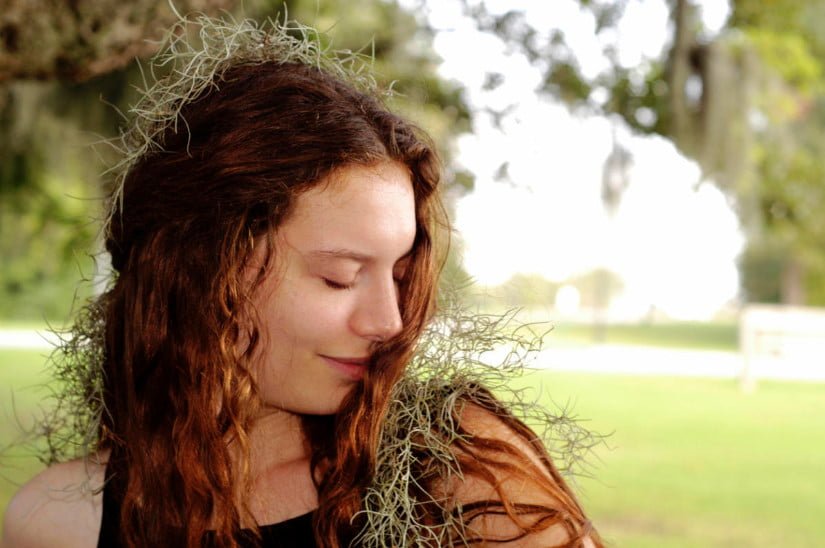
Louisiana moss it is called for its resemblance to the mosses and geography of the most common place of growth: Louisiana — one of the southern American States in the swampy mouth of the Missouri river, there Tillandsia usneoides forms a large thicket on the branches of marsh cypresses and oaks. A Spanish moss or Spanish beard plant is called allegedly Indians, who saw the Spanish conquistadors, were struck by the luxurious vegetation on the faces of the invaders arrived, because the representatives of the Indian peoples of the beard grows bad.
Tillandsia usneoides-an interesting object for interior decoration
In the wild Tillandsia usneoides tightly weaves the support, hanging shaggy mane down. The intricately curled stems of the plant are covered with silvery hairs that absorb moisture. In General, the plant is very decorative and opens up a lot of opportunities for designers.
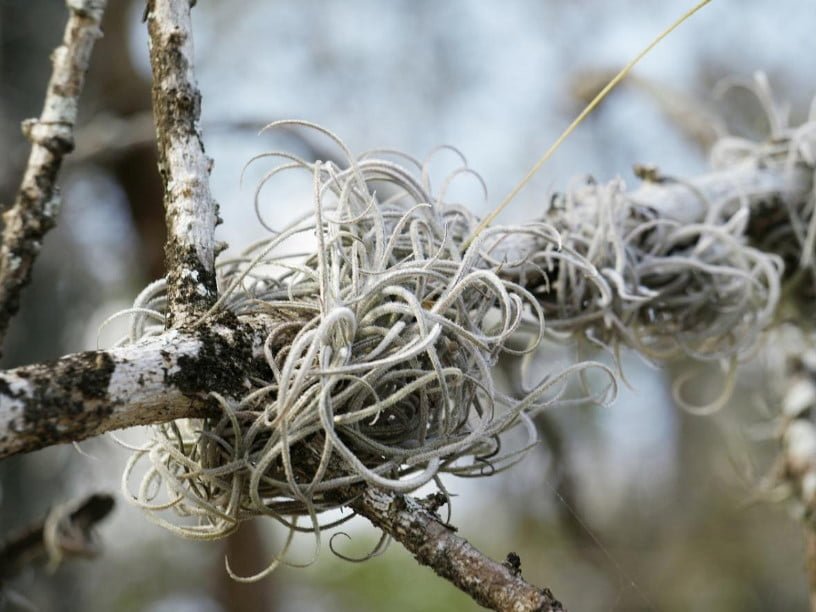
This feature was used by the designer from China Li Fang, who proposed to use Tillandsia usneoides as decorative curtains. Louisiana moss not too demanding on the humidity of the air and can settle for a very small amount of water. Green spaces from tillandsia enough from time to time to spray, occasionally arranging plants bathing.
Of course, Tillandsia is not too green — rather it is grayish-silver. Bright green it only after “watering” – spraying or bathing. But look exotic plants in the interior is very attractive.
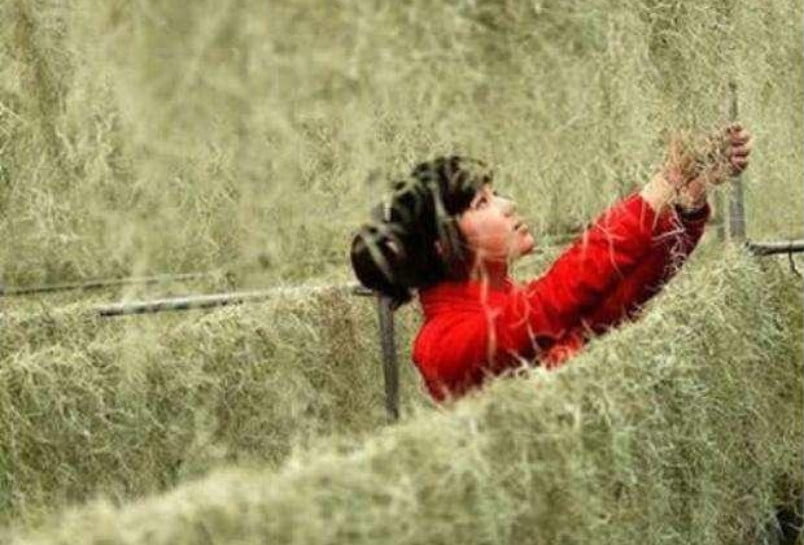
It does not require pots to place it: a plant that does not have roots can simply be fixed on a curtain string or a wire suspension, as Lee fan did in Her project. Or use as a support other items. In the photo below — various options for fixing Tillandsia usneoides.
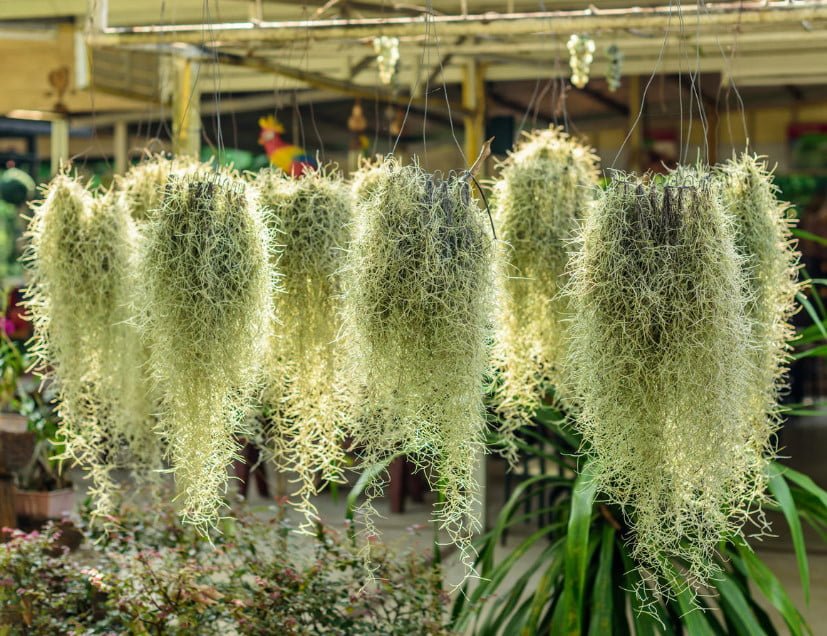
The plant will look good in the interiors of different styles: country or ranch style bundles of tillandsia sleepy will add some authenticity, strict and restrained view of shoots will complement the interior in the style of minimalism, and silvery-gray shade is perfectly combined with high-tech.
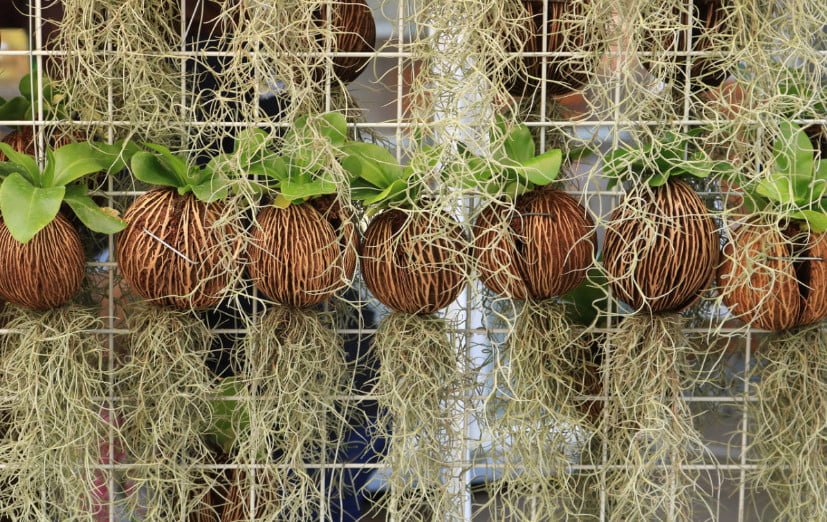
For those who do not want to be in line with fashion interior trends, Tillandsia usneoides will complement the collection of more traditional houseplants or relatives — representatives of other varieties of Tillandsia.
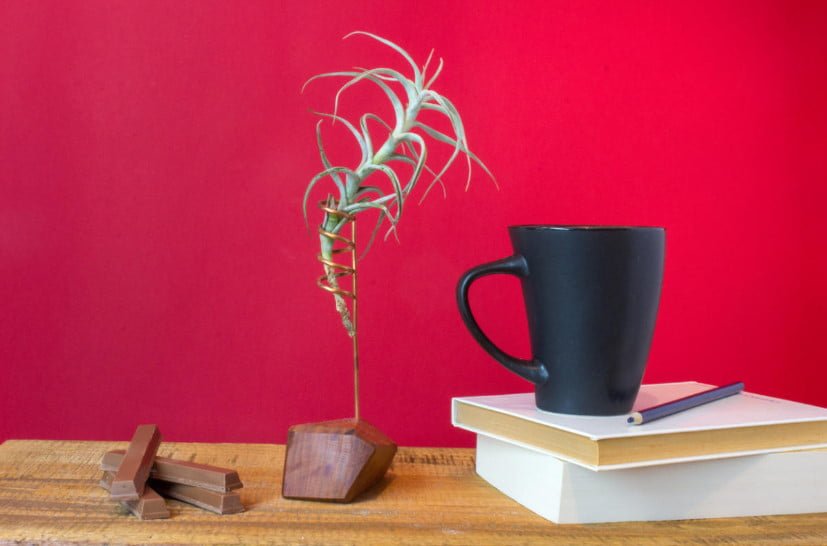
Usneoides except in the genus Tillandsia there are over seven hundred varieties, differing in the shape of the leaves and stem. Some of them, in addition to the exotic look and unusual life habits, and more original and beautiful bloom.
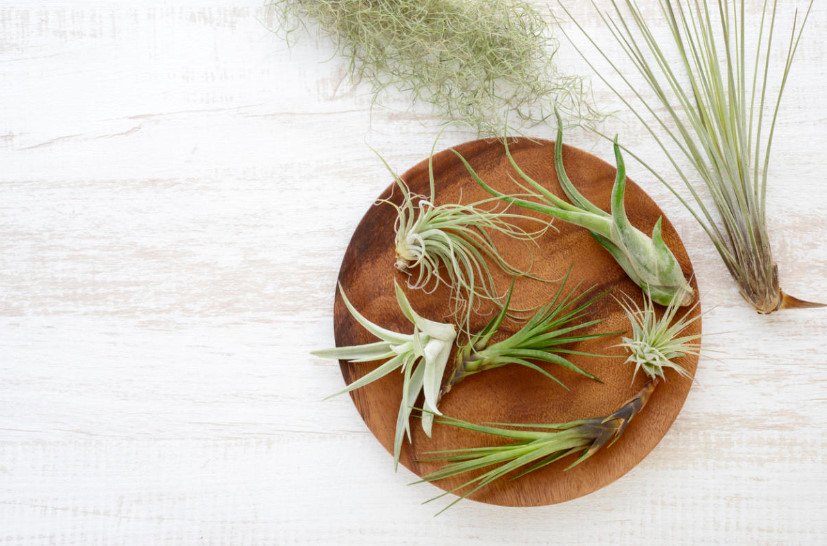
Using a variety of Tillandsia, you can create interesting compositions in the interior, placing these plants-epiphytes that do not need traditional flower pots, on decorative snags or just in a transparent container.
Tillandsia usneoides will serve as a stylish addition to the interior design and will be an excellent solution to the problem of excess sun in the room, if you take on the idea of a Chinese designer. Although I must say that too bright sunlight, the plant does not like. But it feels great on the North and West side.
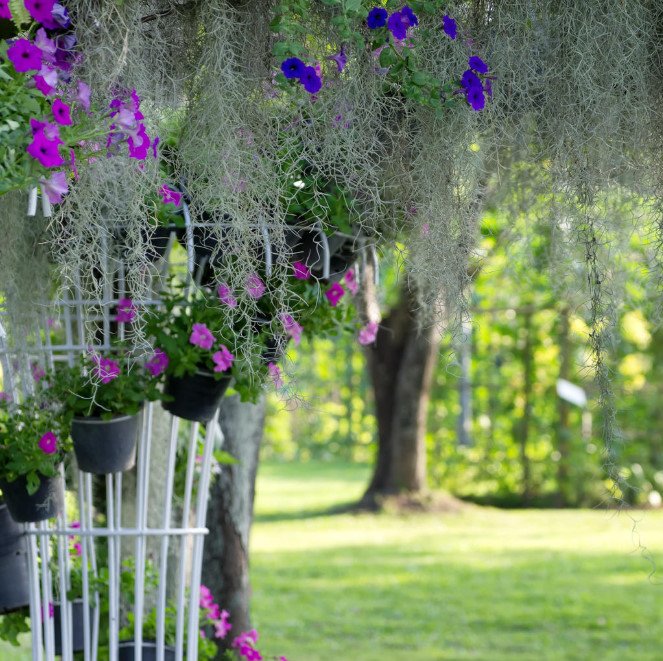
The plant adapts perfectly to our climate in the summer: tillandsia garlands can be taken to the country, arranging a vacation for the plant, and place it on the branches of Apple trees or on the terrace, creating an openwork curtain-a veil from the sun.
